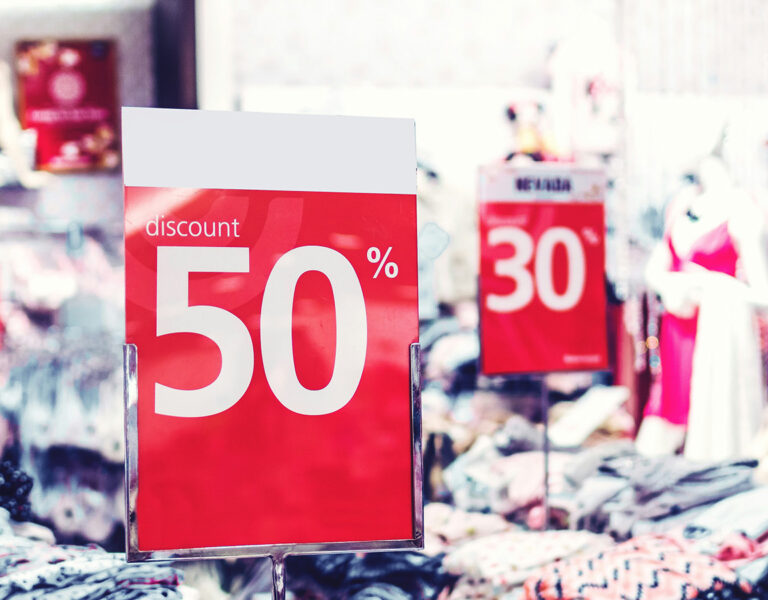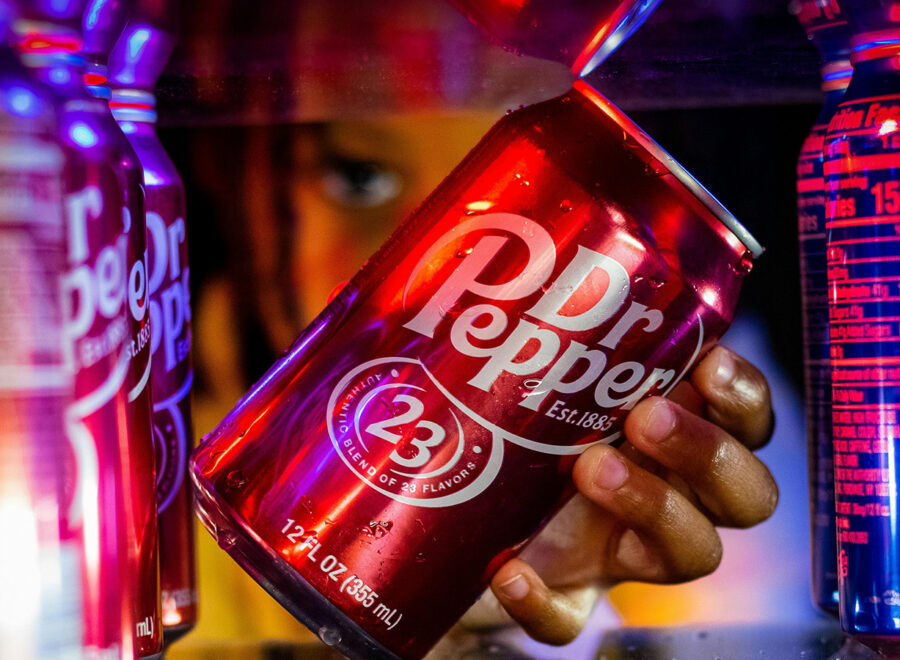Consumers’ perception of value extends far beyond price. Creating value requires companies to have a keen understanding of the explicit and implicit needs they solve for customers; seeing how those needs are evolving and solving them in new and compelling ways.
It’s becoming the corporate buzzword of 2024. Suddenly, every company is talking about value and how they’re going to deliver it by slashing prices.
This devotion to giving us more bang for our buck has been in short supply of late. Coming out of the pandemic, business leaders decided to pass along higher labor and material costs to their customers. Many also saw an opportunity to improve their margins and take a little off the table for themselves. And while that led to gangbuster corporate earnings, it also depressed demand. Not surprisingly, inflation-weary consumers have reached the end of their tether.
Facing a consumer backlash, some business leaders have responded in ways that seem tone-deaf. In a recent interview, WK Kellogg CEO Gary Pilnick said his company was helping consumers by encouraging them to eat cereal for dinner. Social media critics responded by calling for a 90-day boycott of Kellogg’s products. McDonald’s president Joe Erlinger penned an open letter last month in response to claims that Big Mac prices have doubled in the last five years. His defense was that prices are set by individual franchisees and menu prices have only risen by an average of 40%… as if that’s not a lot.
Other companies have tried to “fix the value equation” by rolling out a well-worn playbook of price discounts, coupons, and bundling. Companies from Ikea to Michaels to Chuck E. Cheese have announced major discounts and special price promotions. Walmart and McDonald’s are both promising lower prices this year. These promotions should help, but they won’t solve the problem.
The mistake companies are making is equating lower prices with greater value. In reality, consumers’ perception of value extends far beyond price to encompass a whole range of benefits they get from products and services—from convenience to quality to feeling cared for. Creating value requires companies to have a keen understanding of the explicit and implicit needs they solve for customers; seeing how those needs are evolving and solving them in new and compelling ways. As Warren Buffett put it, “Price is what you pay. Value is what you get.”
Starbucks Loses Its Way On Value
Starbucks is a perfect example of how a great brand is starting to lose touch with the real value that it provides to consumers.
Following a disastrous second quarter, CEO Laxman Narasimhan tried to convince CNBC’s Jim Cramer that offering bargains and driving customers back to the Starbucks app was the key to reviving the company.
“The thing we didn’t do enough is really attack the occasional customer with delivering and communicating value to them in a more aggressive manner,” he said.
Yet “attacking” customers with discounts is the antithesis of what makes Starbucks great. Starbucks has always been about more than coffee. It’s been about caring. It delivered value as a “third place” outside of home and work where you could go to feel like you belong. Once, a Starbucks barista made the headlines when she donated her kidney to a sick customer. To be sure, that’s an extreme example, but it’s one that highlights the authentic connection and sense of caring that Starbucks represented… and can stand for again.
The pandemic and the rise of mobile ordering have diminished Starbucks’ role as the place people go to spend time together. Its locations are emptier, while its baristas seem overwhelmed and less likely to make a personal connection. New beverages designed to attract kids have made the stores less pleasant places to hang out, both from the noise of kids and the incessant whir of blenders.
As for the price? That’s secondary. Remember that back in the 1990s, Starbucks was the company that convinced us to pay $4 for a cup of coffee at a time when coffee cost 50 cents. People don’t pay that much for coffee beans and hot water. They pay for the greater value that Starbucks provides.
Offering a few discounts doesn’t fix the value equation. Those are really just temporary bribes to convince customers to stick with you a little longer. They can even have the inverse effect: destroying the perception of value you’ve worked so hard to create. There’s a reason why Fendi and Chanel don’t offer “Buy One Get One Free” promotions.
Back in 2008, Disney faced a collapse in amusement park attendance in the face of the Great Recession. But offering discounts threatened to kill the magic of the Magic Kingdom. A “Buy One Get One Free” promotion would be financially unviable besides making Mickey Mouse sound like a street hawker.
Instead, Disney marketers came up with a brilliant solution. They remembered what Uncle Walt had said: that Disney was in the business of making people happy. And Disneyland is “The Happiest Place on Earth.” And if there’s one day a year that you deserve to be happy, it’s your birthday. So Disney announced that in 2009 park admission would be free if it was your birthday. Of course, if your daughter is celebrating her sixth birthday, you’re not going to just drop her off at the park entrance. You and your spouse go with her …and you both have to pay for your tickets. The effective result was a “Buy Two Get One Free” promotion. But the real value was having your child be happy on their birthday.
Value: What Do You Know That No One Else Knows?
Rather than turning to gimmicky deals, this is a time when brands should be digging deep to truly understand their customers—to discover new sources of value. But too many companies rely on syndicated market research data, which merely provides the same information their competitors have. Instead, they should strive to find out things about their customers that no one else knows and figure out how to provide value in unique ways.
One company’s target customer may have a very different perception of value to another’s. Amazon customers value low prices, but also convenience and choice. Microsoft’s customers value the way its products are tuned for enterprise customers, with a priority on interoperability and security.
And whatever perceptions of value people once held have likely changed in the past few years—a period when the pandemic and its aftermath turned consumer habits on their head. If your customer segmentation or behavior map is more than two years old, it’s probably time to throw it away. Too much has changed.
At a time when consumers are getting choosier about how much they spend and where they spend it, every company can take a page out of the Disney playbook. Rather than trying to lure customers back by dangling momentary savings in front of them, business leaders should get to the heart of the real value they provide to their customers. You may be surprised by what you find.

 Dev Patnaik
Dev Patnaik


